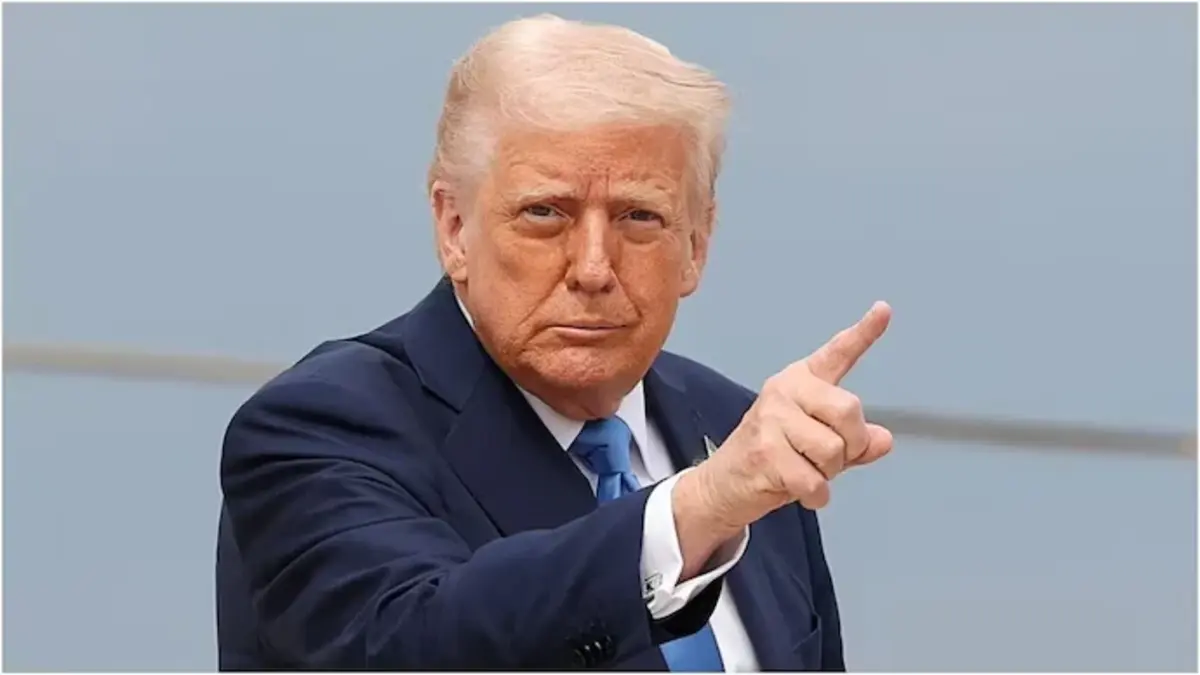Goldman Sachs has sent ripples through global financial markets with a surprising revision to its gold price forecast, delaying its prediction of gold hitting the $3,000 mark. The renowned investment bank had initially projected that gold prices would surge to record highs, but new data suggests the U.S. Federal Reserve may not lower interest rates as aggressively as once expected, altering the outlook for the precious metal.
In a recent report, Goldman Sachs outlined that the potential for gold’s meteoric rise has diminished, largely due to weaker-than-expected monetary easing from the Federal Reserve. This news has left many investors recalibrating their expectations for gold investments in the near term.
- 1 Goldman Shocks Market $3000 Gold Forecast Delayed as US Rate Cuts Fizzle!
- 1.1 What Led to Goldman’s Adjustment?
- 1.2 Impact on Gold Prices: A Short-Term Setback or Long-Term Opportunity?
- 1.3 Goldman Shocks Market $3000 Gold Forecast Delayed as US Rate Cuts Fizzle!
- 1.4 Market Reactions to the News
- 1.5 What’s Next for Gold?
- 1.6 Final Thoughts: Is the Delay a Blessing in Disguise?
Goldman Shocks Market $3000 Gold Forecast Delayed as US Rate Cuts Fizzle!
Goldman Sachs had originally projected that gold would soar past $3,000 an ounce by the end of 2024, buoyed by the expectation that the Fed would aggressively cut interest rates to support the slowing U.S. economy. However, with the Fed signaling a more cautious approach and no immediate rate cuts in sight, Goldman has adjusted its gold price forecast to reflect a more conservative outlook.
Read this Shocking news
Is HMPV the Next Pandemic Threat? China Faces New Respiratory Crisis
Ford Sales Skyrocket 4.2% in 2024, Driven by F-Series Trucks
What Led to Goldman’s Adjustment?
The adjustment in Goldman’s forecast comes after a series of economic data releases pointed to a more resilient economy than anticipated. While inflation has cooled somewhat, it remains above target, and the labor market remains strong, making the case for significant interest rate cuts less compelling.
Goldman Sachs had anticipated a significant policy shift that would lead to a sharp fall in interest rates, which typically strengthens gold’s appeal as a non-yielding asset. However, the Federal Reserve’s latest statements suggest a prolonged period of higher rates, causing market expectations to shift.
Impact on Gold Prices: A Short-Term Setback or Long-Term Opportunity?
Despite the setback, the gold market has not been entirely negative. While Goldman Sachs has pushed back its timeline for $3,000 gold, it still believes the yellow metal could see substantial gains in the long term. The precious metal has always been seen as a haven during times of economic uncertainty, and many analysts still view it as a strong investment, especially given the ongoing risks in global markets.
The global economic outlook remains fraught with challenges, including geopolitical tensions, supply chain disruptions, and the long-term impact of the COVID-19 pandemic. As a result, gold is likely to continue benefiting from these uncertainties, albeit at a slower pace than Goldman Sachs initially projected.
Emergency Fund Money: An Essential Guide to Building an Emergency Fund

Goldman Shocks Market $3000 Gold Forecast Delayed as US Rate Cuts Fizzle!
While some analysts are rethinking their gold price projections, others believe that this delay could present a buying opportunity for investors looking to capitalize on future growth. The gold price has experienced volatility in recent months, but it remains well-supported by long-term trends like inflationary pressures and central bank purchasing.
Furthermore, central banks around the world continue to build their gold reserves, signaling that they expect the price of the precious metal to rise in the future. Despite the delay in Goldman’s $3,000 forecast, the long-term fundamentals for gold remain intact, and gold will likely remain an attractive investment in the coming years.
Market Reactions to the News
The news of Goldman Sachs’ revised gold forecast has stirred mixed reactions among investors and analysts. Gold futures took a brief dip following the announcement, but the market quickly recovered as investors absorbed the implications of the bank’s updated outlook. Analysts note that short-term price fluctuations are common in the gold market, especially when economic data and monetary policy expectations shift suddenly.
For traders, this is a reminder of how quickly market sentiment can change, and how central bank actions can have a major impact on asset prices. The gold market may be more volatile in the short run, but the long-term drivers for the precious metal remain firmly in place.
What’s Next for Gold?
Looking ahead, the outlook for gold remains positive, but investors will need to navigate potential headwinds in the form of continued interest rate hikes and a more resilient-than-expected U.S. economy. As Goldman Sachs noted, the delay in its $3,000 forecast doesn’t mean that gold’s potential is gone—it just means that investors will have to be more patient.
If the Fed eventually begins easing monetary policy, gold could resume its upward trajectory, though it might not hit the $3,000 target as quickly as originally expected. Additionally, economic uncertainty in regions like Europe, Asia, and emerging markets will continue to support demand for gold as a store of value.
Final Thoughts: Is the Delay a Blessing in Disguise?
Goldman Shocks Market $3000 Gold Forecast Delayed as US Rate Cuts Fizzle! This unexpected revision has investors recalibrating their expectations, but it also presents a unique opportunity for those who believe in gold’s long-term potential. If you’re considering gold investments, staying informed about monetary policy trends, inflation rates, and the broader economic landscape is crucial.
While gold’s rally might be delayed, its status as a haven is unlikely to change anytime soon. The world remains in economic flux, and gold will remain an important asset in diversifying and hedging against uncertainty. Whether or not Goldman’s $3,000 forecast becomes reality, the future of gold investments remains bright.








